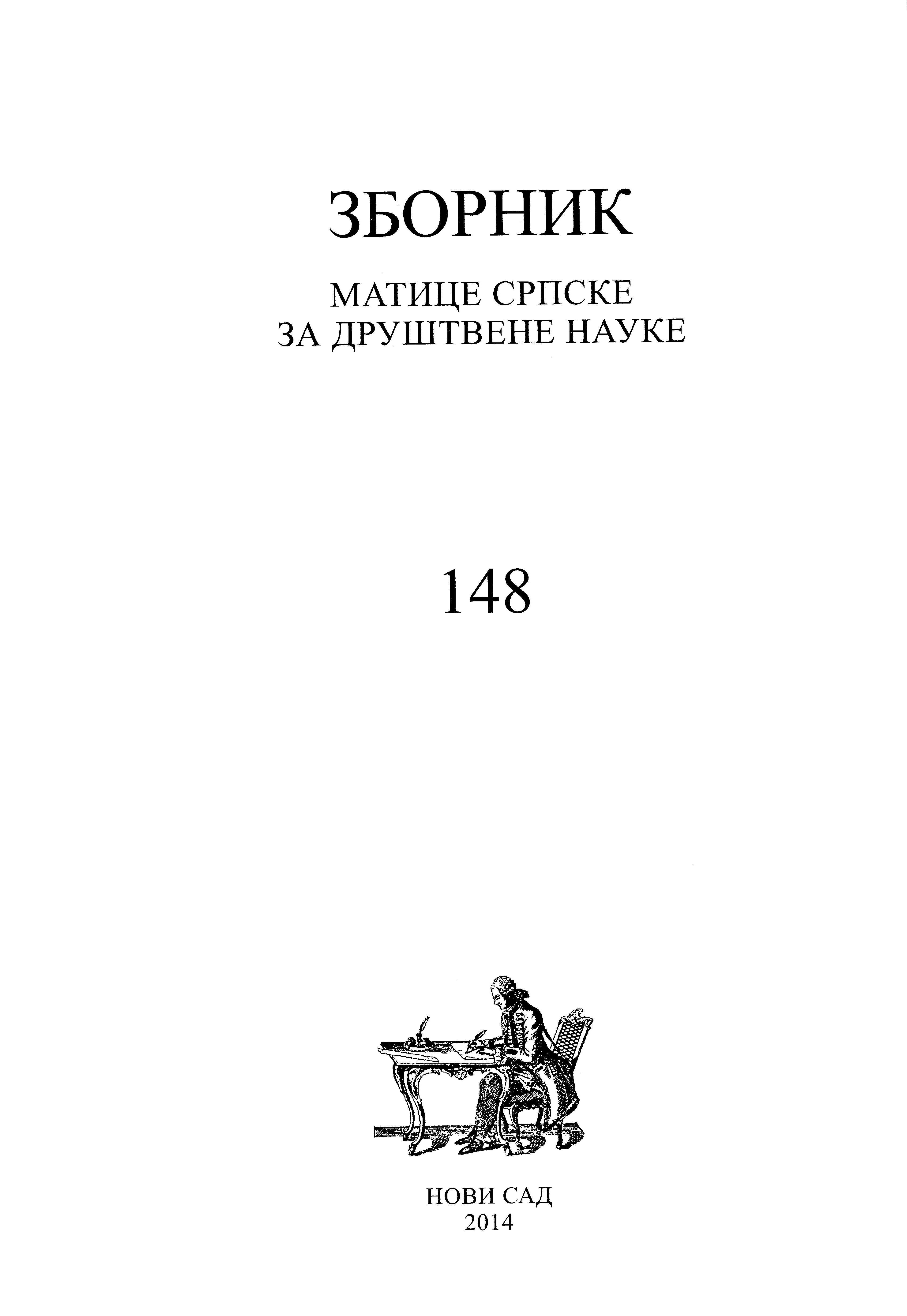Регионални ниво у функцији ублажавања негативних демографских трендова у руралним подручјима: студија случаја Зајечарски округ
Regional Level in the Function of Mitigating Negative Demographic Trends in Rural Areas of Serbia Case Study of the District of Zaječar
Author(s): Marija Drobnjaković, Marijana Pantić, Marko FilipovićSubject(s): Demography and human biology, Rural and urban sociology
Published by: Матица српска
Keywords: demographic decline; regional level; rural areas; spatial organization; public services
Summary/Abstract: Long-term marginalization of villages has caused negative demographic trends in rural areas of Serbia, primarily through forceful depopulation, unfavorable demographic structures and other structural problems. The term “extinction” is the most often related to the recent appearance of demographic shrinkage and economic decline of villages. According to the last population census (2011), 13 settlements without permanent inhabitants have been recorded. The fact that about 1/3 of all settlements in rural Serbia is sparsely inhabited (less than 20 inh/km2) indicates that scales of demographic decline impacts are yet to be seen. The Spatial Plan of the Republic of Serbia (2010) advocates polycentric and balanced regional development. Creation of adequate instruments to mitigate demographic decline in rural areas requires clear definition of regional territorial units. Are they going to be NUTS 3 level, or functional urban areas, as spatially and functionally integrated areas which represent more suitable choice for addressing the issue of demographic and economic decline, or should concrete answers be looked for at the level of identified rural regions [Spatial Plan of the Republic of Serbia, 2010; National Program for Rural Development, 2011]? This paper will research these issues in the District of Zaječar with a good practice in Germany.
Journal: Зборник Матице српске за друштвене науке
- Issue Year: 2014
- Issue No: 148
- Page Range: 777-791
- Page Count: 15
- Language: English

